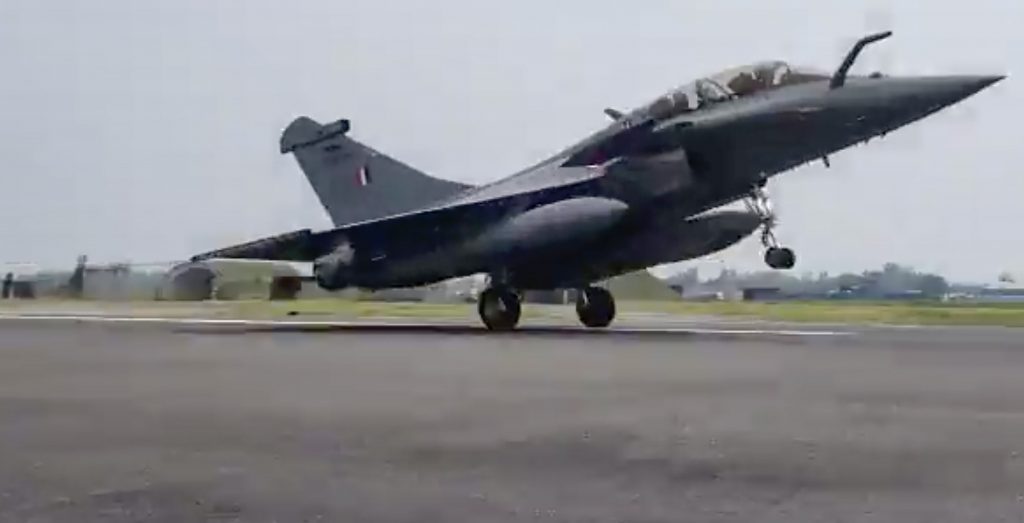New Delhi: The threats from Pakistan and China are increasing on the western and eastern fronts respectively. Keeping the recent developments in mind, the IAF has also decided to strengthen its armoury. The IAF has decided to ask the manufacturers of Rafale jets to tweak the software of the ‘SCALP’ long-range air-launched cruise missile. The missiles are exclusively made for the Rafale jets. Earlier, the ‘SCALP’ missiles could targets 2,000 metres of sea level. Now with re-calibration, these missiles will able to demolish targets at 4,000 metres above sea level. The tweaking of the software has been done by the missile manufacturer MBDA in consultation with the top brass of IAF.
Subsonic missile SCALP has a range in excess of 300 kilometres and carries a 450-kilogram warhead. The missile is used to destroy command, control, communications, air bases, ports, power stations, ammunition storage depots, surface ships and submarines.
The next batch of three Rafale jets is expected to arrive after 2021 Republic Day. So far India have received eight Rafale jets. The delivery of the entire fleet of 36 aircraft is expected to arrive by the end of 2021. As of now, seven Rafales are being used for training IAF pilots in France. Once the jets arrive, one squadron will be based at Ambala while another will be at the Hashimara airbase which is close to Siliguri.
Also read: Boost for IAF as 16 new Rafale fighter jets to be delivered by April next year
Rafale has a variety of weapons at its disposal. It carries a beyond-visual-range air-to-air missile ‘Meteor’ with a range of more than 100 kilometres. Then there is the dangerous SCALP missile and also the Hammer precision-guided ammunition.
China and Pakistan have developed air-launched cruise missiles. However, the SCALP is a unique weapon that has a fire-and-forget mechanism. Once launched from the fighter, the cruise missile drops to a terrain-hugging role between 100 to 130 feet from the ground. This happens so that the missile avoids detection by enemy radars and jamming systems. Before approaching the target, the missile again goes up to a maximum height of 6,000 metres. Then it drops perpendicularly on the high-value target. The primary charge first penetrates the target, the secondary charge then blows it to smithereens.
